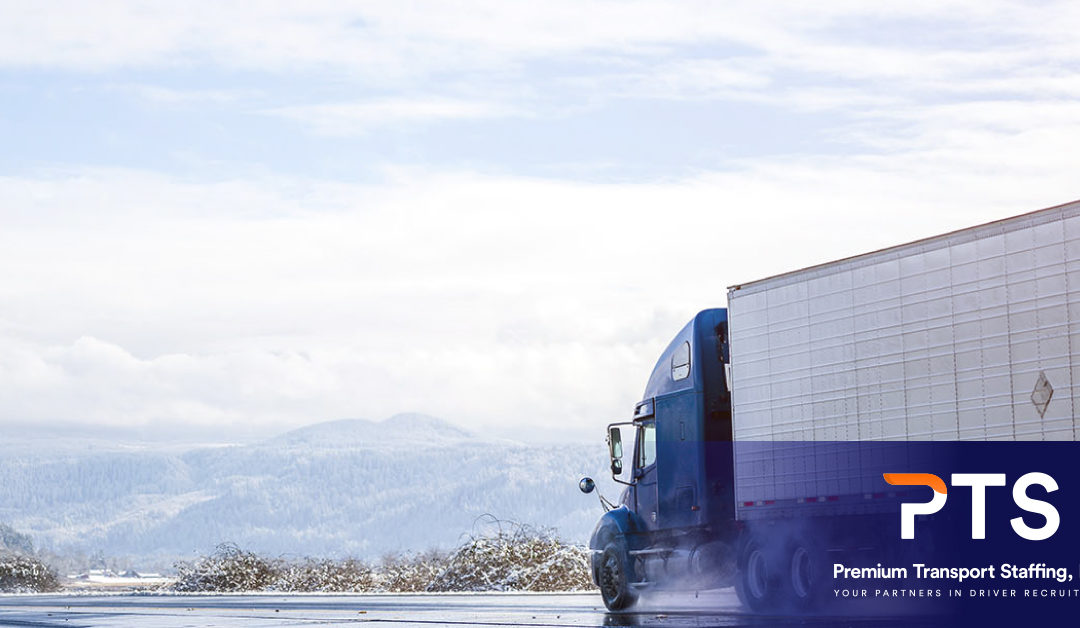During the winter months, drivers face off against dangerous road conditions. Hazards like ice, snow, and sleet make roads treacherous. Plus, built-up slush combined with fallen leaves can create an incredibly slick surface, making it hard to maintain traction while driving.
By taking extra precautions, you can increase your odds of making it to your destination without an incident. Here are some trucker safety tips to help you on the road this winter.
Slow Down (and Skip Cruise Control)
When road conditions are anything less than ideal, you may need to slow down. While snow and ice are obvious reasons to back off the throttle, even rain-covered roads may make speed decreases necessary. That way, you can maintain better traction.
Additionally, don’t use cruise control if driving conditions aren’t perfect. Cruise control can’t adapt to wheel slippage or other traction issues. As a result, if you hit a slick spot, the cruise control could cause you to lose control of the truck, leading to an accident.
Avoid Ruts Created by Other Drivers
Ruts created by other drivers aren’t necessarily the safest place for your tires. Usually, the other vehicles compact the snow. Plus, the heat produced by the friction can melt the snow a bit. If the temperatures are low, it can refreeze, turning it into a sheet of ice. As a result, you may have notable traction issues.
If you do experience a traction problem while in a rut and your truck starts to slide, hitting the edge of the track while in a skid can jerk the tire, potentially leading to more traction and control difficulties. Additionally, the edge of the ruts could make getting to a spot with better traction harder. You have to get the tire over the lip to hit unpacked snow, something that may be easier said than done.
By staying out of the ruts, you may have better traction. Unpacked snow can create more friction, reducing the likelihood of a slip, skid, or slide. Couple that with driving slowly, and it can be far safer than being in a rut.
Turn Off Engine Brakes
During wet weather, engine braking can be dangerous. In some cases, it may lead to an engine stall or jack-knifing. If the roadways are slick and an issue happens, you’ll have a higher chance of losing control of your truck, potentially leading to an accident. As a result, it’s usually best to turn engine brakes off if winter weather is potentially an issue.
Brake Earlier Than Usual
If you approach a stop sign, traffic light, or off-ramp, start braking a bit sooner than you usually would. That way, you can decelerate slowly, reducing the odds of a traction issue. Plus, if you do experience a slide, you have time to make corrections and continue slowing down before you hit the intersection or end of the ramp.
Remove Snow from Roofs
After a winter snowfall, taking the time to remove the snow from your roof is essential. Not only can you get fined in some areas for not handling the snow, but it’s also dangerous not to address the buildup before you hit the road.
When you brake, the snow may shift, causing it to fall across the windshield, blocking your visibility. As you drive, it may also be thrown from the roof, causing it to hit someone nearby, potentially leading to injury, property damage, or an accident.
If you’d like to learn about more trucker safety tips, the team at PTS® can help. Contact us today.


Recent Comments